On a yakiniku menu you’ll often see two look-alike cuts: Harami and Sagari. They both come from the diaphragm, yet their position, texture, flavor, and ideal grilling differ a lot. Knowing the difference makes your yakiniku experience deeper and far more delicious.
What Is Harami? — Juicy, Tender, and Rich
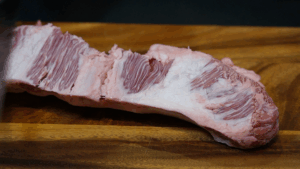
Location: Rib side of the diaphragm (technically offal, but looks/tastes like red meat).
Character: Fine fibers with delicate marbling; soft bite and a gentle sweetness from fat.
Why people love it: Big flavor without strong offal aroma—pure, satisfying “meaty” sweetness.
At Kuro5 we never freeze Harami. We grill it quickly over binchotan charcoal so the outside turns fragrant and crisp while the center stays plump and juicy. The sweet fat and beef aroma bloom at once.
What Is Sagari? — Lean, Clean, and Elegant
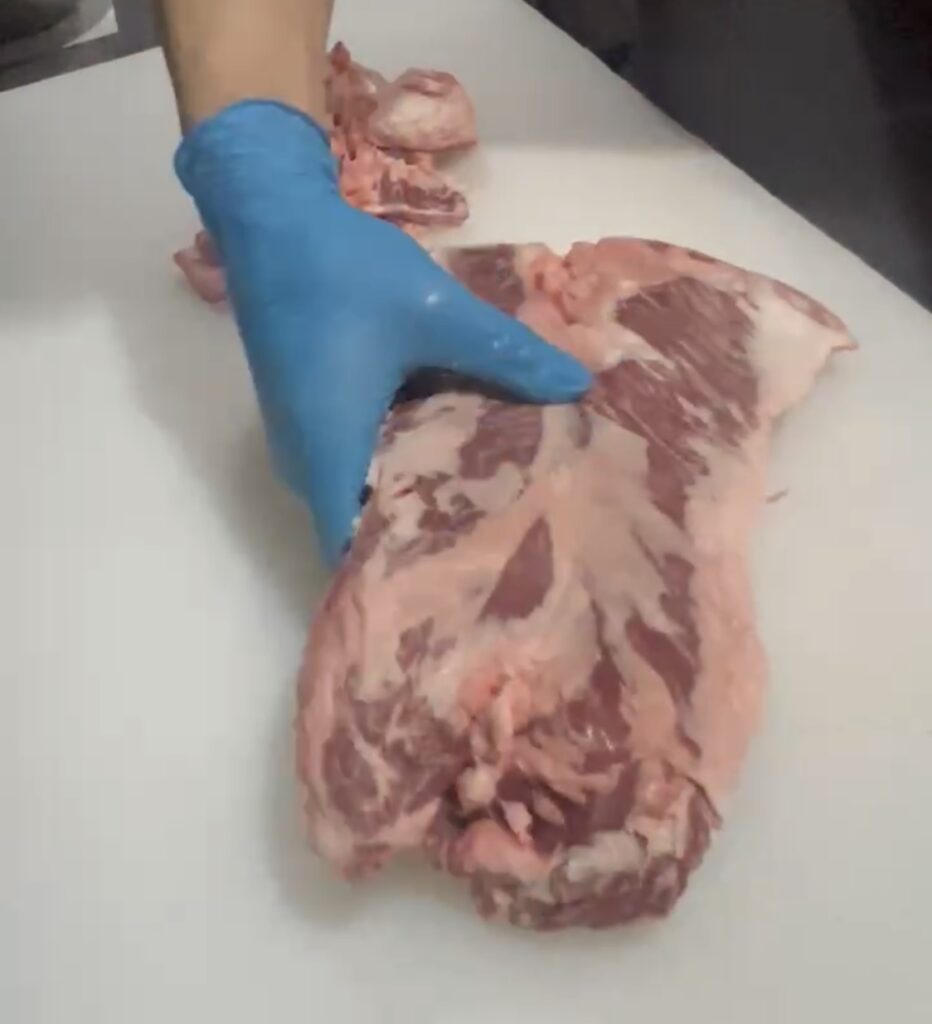
Location: Back side of the diaphragm, closer to the spine.
Character: Less fat, tighter fibers, a cleaner, beef-forward taste.
Why people love it: You enjoy the depth of pure red meat without heaviness.
Our chefs sear Sagari fast over intense binchotan heat—surface crisp, center rare. You get clarity of flavor, a fine bite, and a long, tidy finish.
Harami vs. Sagari — Summary
| Feature | Harami | Sagari |
|---|---|---|
| Position | Rib side of the diaphragm | Back side near the spine |
| Texture | Soft and rich in fat | Lean and light |
| Flavor | Rich and sweet | Clean and refined |
| Best Doneness | Medium to medium-rare | Rare to medium |
| Mouthfeel | Fluffy and tender | Chewy with elasticity |
| Kuro5 Recommendation | Thick-Cut Harami / Wagyu Harami | Charcoal-Rare Sagari |
Kuro5’s Three Harami Styles
● Wagyu Thick-Cut Cube Harami
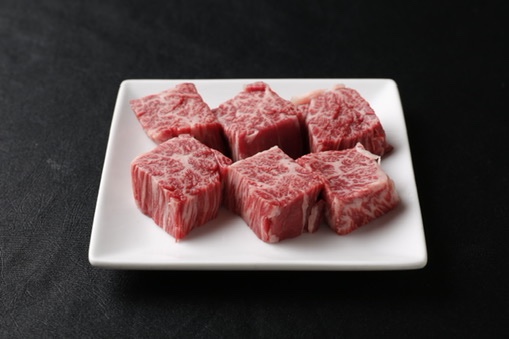
Premium Wagyu Harami cut into generous cubes. We grill over strong binchotan: outside crisp, inside meltingly soft. The low melting point of Wagyu fat delivers buttery sweetness with every bite.
We flip each piece several times to seal juice without crushing fibers—smoky aroma and sweet beef drippings in perfect harmony.
● Wagyu Harami (Standard Cut)
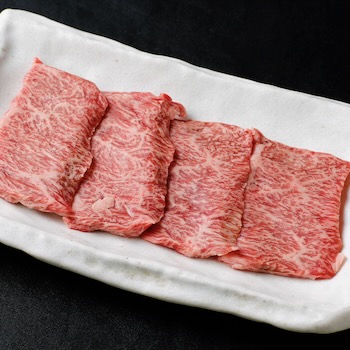
Balanced red-meat flavor and Wagyu richness. Best served rare: overcooking tightens the fibers. Our team watches the charcoal and pulls it the moment the center turns glossy and tender.
● U.S. Harami (Side Skirt)
Bolder, meatier taste with a firmer chew. Imported beef releases more drip than Wagyu, so we serve it in standard yakiniku slices rather than thick cubes—heat penetrates evenly and flavor stays locked in.
Hidden Gems Inside Sagari: “Kobu” and “Onisuji”
● Kobu — Juiciness Meets Fineness
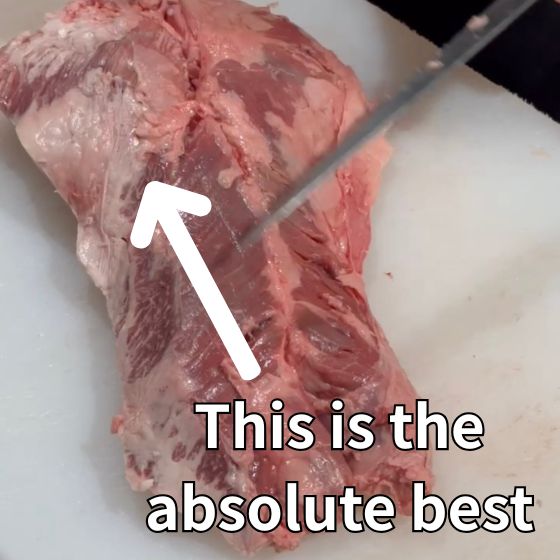
A small bulge at the edge of the Sagari. It combines Harami’s juiciness with Sagari’s fine texture, delivering layered sweetness and depth. Regulars often request it off-menu at Kuro5.

● Onisuji — The Melting “Demon Tendon”
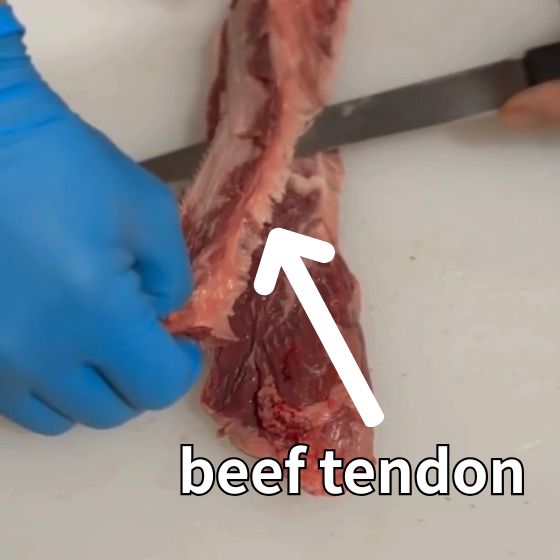
A thick white tendon running through the center. Looks tough, but when simmered it becomes silky and gelatinous—collagen-rich, low in fat. Only about 100g per cow, so it’s truly rare. Finely scored and charcoal-grilled, it offers an addictive, savory chew.
Conclusion

Harami brings juicy richness; Sagari offers lean elegance. Both depend on precise fire control. At Kuro5, our chefs use binchotan and time each flip so the outside is fragrant while the center stays succulent. If you’re in Ikebukuro or Kabukicho, come taste Wagyu and U.S. Harami—and discover Sagari’s secret cuts like Kobu and Onisuji.
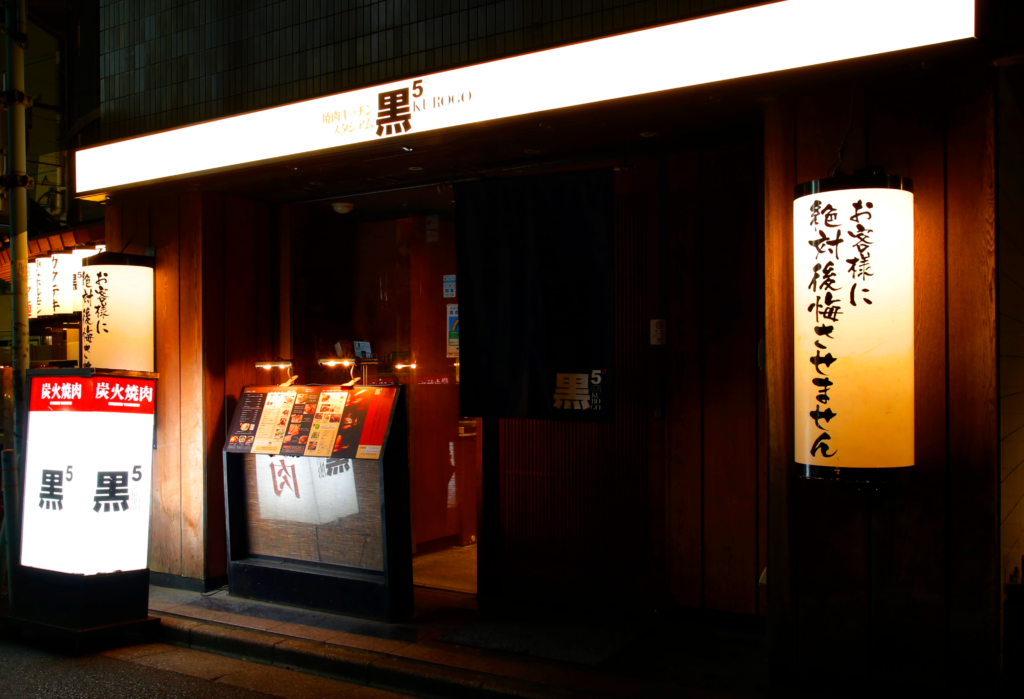
Wagyu Yakiniku Kuro5
IKEBUKURO Main Restrant
1F Shima 100 building ,2-46-3, Ikebukuro, Toshima-ku , Tokyo 171-0014
https://en.kuro5.net/restaurant/honten
Wagyu Yakiniku Kuro5
IKEBUKURO East Exit Restrant
2F Need Building, 1-42-16 Higashi-Ikebukuro, Toshima-ku, Tokyo 170-0013
https://en.kuro5.net/restaurant/higashiguchi
Wagyu Yakiniku KURO5
Kabukicho
1F Sankei Building, 2-21-4 Kabukicho, Shinjuku-ku, Tokyo
https://en.kuro5.net/restaurant/kabukicho
Official Instagram: @kuro5yakiniku





